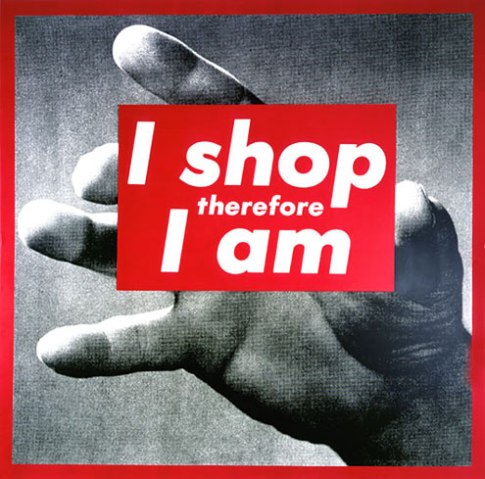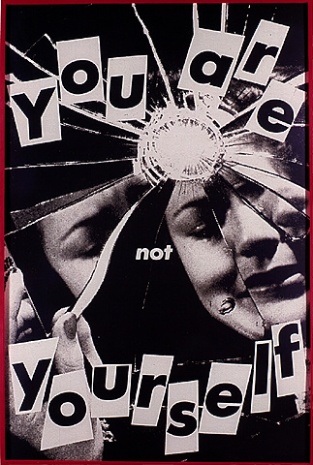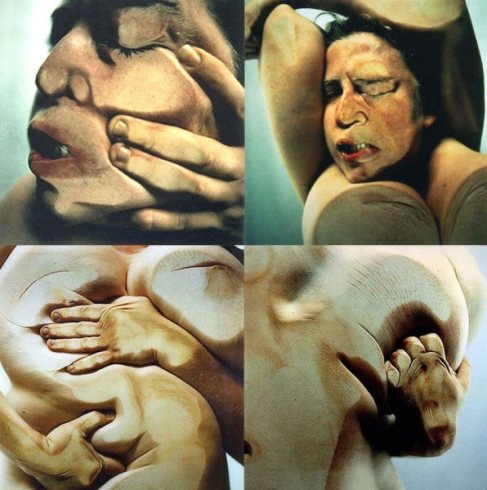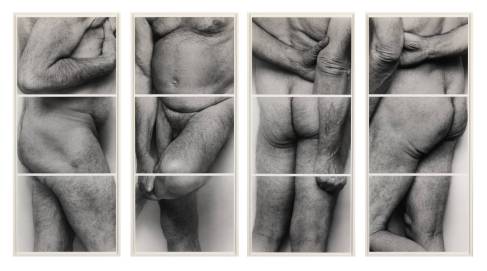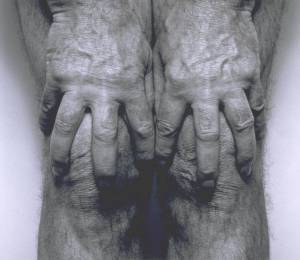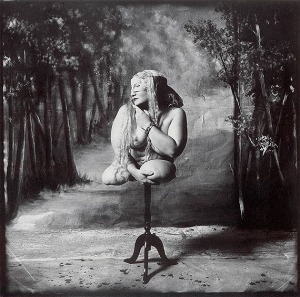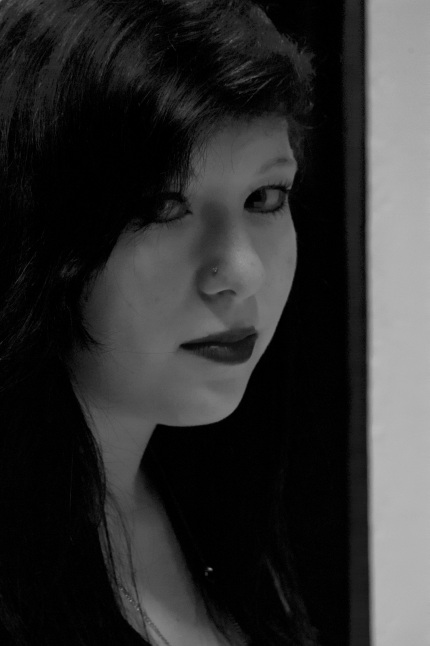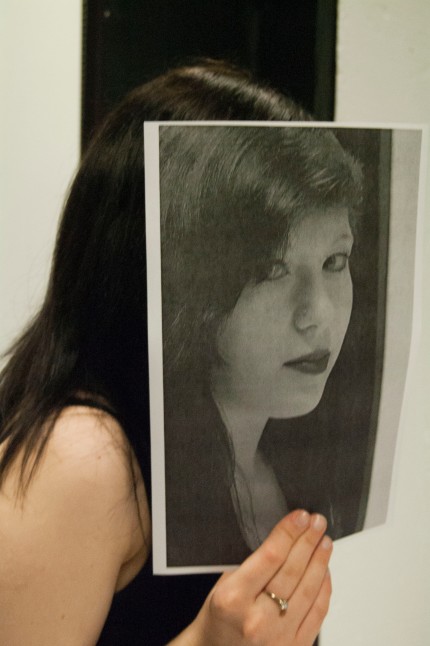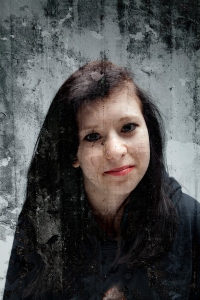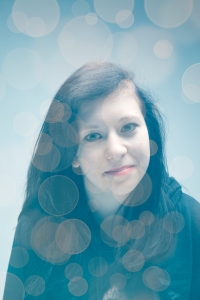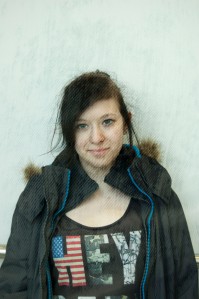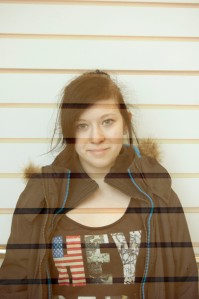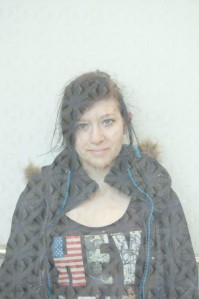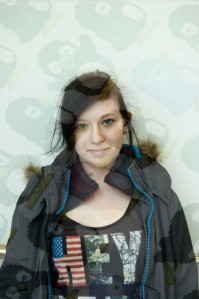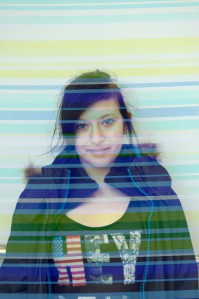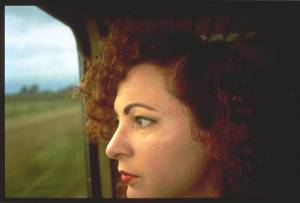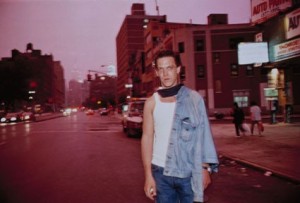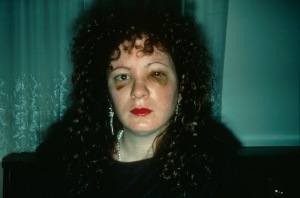Thomas Ruff:
Thomas Ruff took massive, large-scale photos that were the style of a passport photo; showing no expression. “Photographs aren’t depictions, they’re just images. With the portrait photographs I worked on the basis that a photograph can’t represent the character of a person, that person has too many layers to be depicted in a photograph.”
He took pictures of people that were around his age, the photos were blank, non-expression able, and showing no personality at all. He printed these images on a very huge scale, often being two metres wide and three metres tall. He really links the idea of ID photos, and how they show that yes, that is what the person looks like, but it shows nothing about them. No look of happiness, sadness, despair, depression, content, joy, hope; nothing but a blank face staring you down. People make many misconceptions just by looking at a photo; someone that looks like a criminal may actually be the nicest person on earth, but you don’t know this until you get to know him.
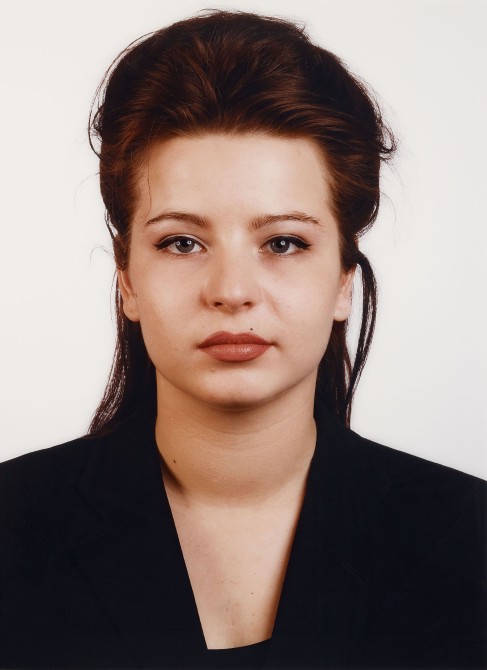
Rineke Dijkstra:
Rineke shot images of adolescents ages 15-18 and placed them in very ‘adult-like’ scenes. They weren’t children anymore, but still not quite adults. She photographed them through the very awkward stages of puberty and made them look very uncomfortable. She dressed them in various swimsuits and bikinis, making the teenagers feel like they were showing too much; revealing. She shot the images on a beach, with the teens looking really awkward and uncomfortable, which shows how they are going through that “awkward age” as they may not understand what is happening to them. 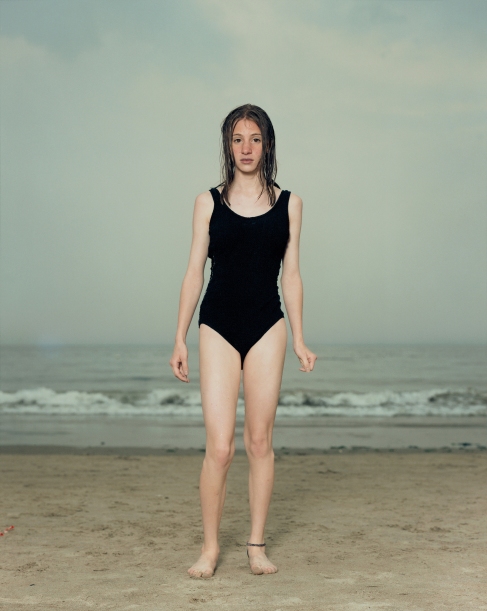
Andy Warhol:
Warhol used photography to invent himself. He used different techniques to manipulate how he looked, editing the colours etc. He often dressed up quite differently, shooting a series in drag, changing himself to show the sense of “inventing” him self and “manipulating. He still kept to this theme of pop art that he always used.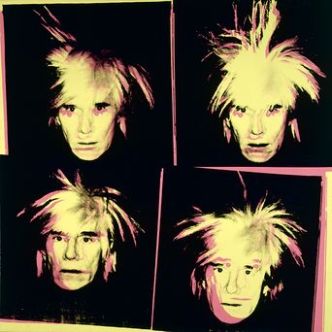
Robert Mapplethorpe:
Robert Mapplethorpe was a gay photographer that also shot pictures of Andy Warhol. All of his portraits are in black and white, and are quite dark and have a very erotic feeling to them. His work is quite controversial as a result of this and mostly takes pictures of men.
Rembrandt:
Rembrandt was a Dutch painter who painted self-portraits of himself. He also painted the upper class citizens: rich people. His paintings all show confidence. But also arrogance and makes himself very full of himself. 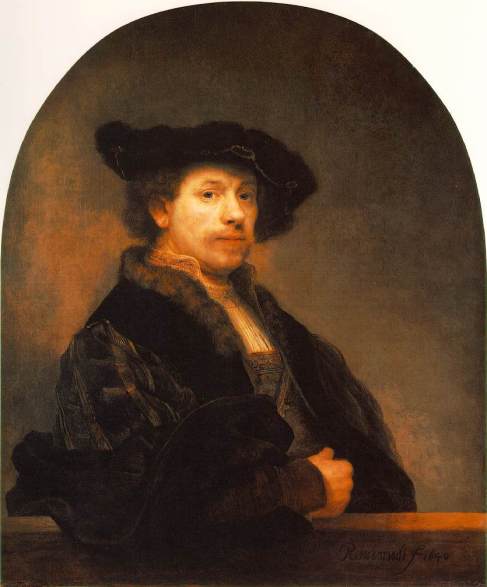
John Coplans:
Coplans started photographing himself in his early sixties. He photographed his body very close up and blew it up to large-scale prints, just like Thomas Ruff. He examined his body parts, being careful to never show his face, no one knew what he actually looked like. His images weren’t ‘pretty’ but they were real, showing people about humanity and the concept of aging.
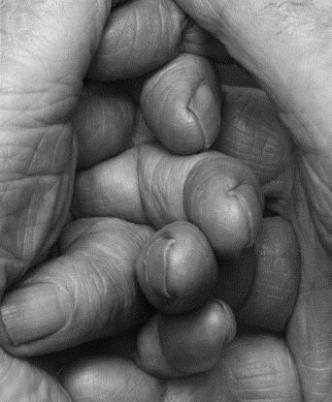
Barbara Kruger:
“I only know I exist because I can buy stuff.” She used a lot of words in her images, which were very controversial such as her picture of a hand holding a sign saying “I shop therefore I am” meaning that she only exists because of consumer products. What you see in the mirror is not what you are, as shown in her image; “You are not yourself”.
